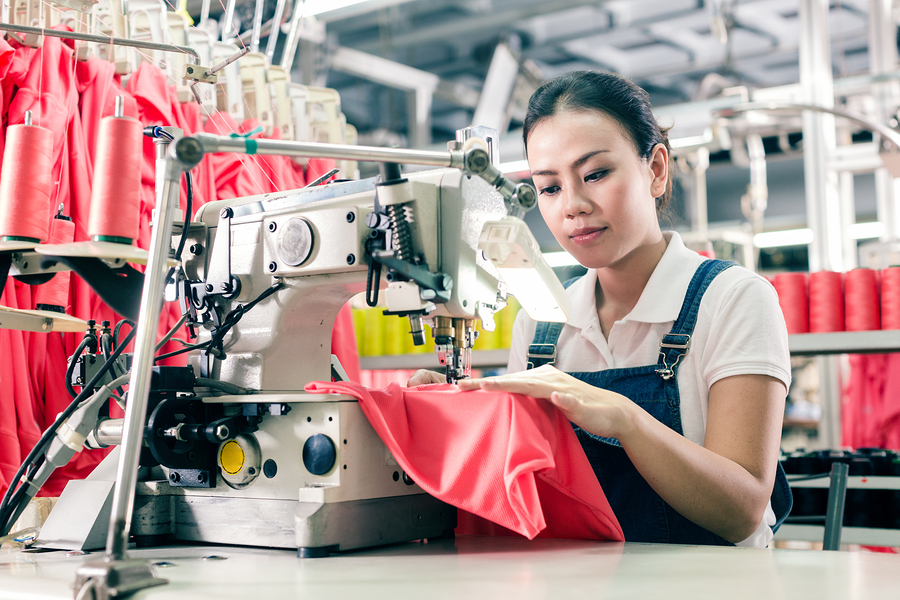What you need to know before getting your product made in China

The allure of having a product made cheaply in China, brought into Australia by the container load and then turned into millions in revenue, is a fantasy that tends to fool many.
Cheap manufacturing is relative, and more often than not, relative to the quality of the final product.
We reluctantly moved our manufacturing offshore to China early in the millennium when the local economy was booming and becoming unaffordable for small business.
We learned many lessons early on in regard to what is needed in order to have a good product made consistently well, delivered on time and with no surprises down the track.
The quality of what we have made in China 13 years on is second to none, but only due to years of navigating the complexities of the culture and dynamics of Chinese manufacturing.
Here are five tips for companies endeavouring to establish a successful manufacturing and supply chain model in China:
- Go there: You must go to China before establishing a relationship with any manufacturer. Interview and inspect as many companies and suppliers as possible (preferably with a reputable translator) to know where your product will be made and who you will be doing business with.
- Find a trusted partner: As soon as possible, endeavour to employ a bilingual local representative who represents your company personally. They become your eyes, ears and mouth locally on a daily basis and ensure that your interests are always protected. And ensure that your local partner is across (as much as possible) local, regional and national business regulations as these are extremely complex and can be a minefield to negotiate.
- Have clear expectations: Be very clear upfront with the exact expectations you have for product quality, safety standards, timelines and terms of trade. This will save a lot of headaches and heartache when you begin receiving shipments of prepaid goods in Australia that may have very little benefit to you if made incorrectly in any way.
- Learn about international shipping and Incoterms: LCL, FCL, ExWorks, FOB, harmonisation codes…the list goes on. If any of these are foreign to you, start learning them now. International shipping is complex and the best way to navigate it is to find a shipping broker to manage your account and teach you about it.
- Keep going back: More likely than not, you will be tying up significant amounts of money in any offshore manufacturing venture. The best way you can protect that investment is to keep going back to ensure things are happening the way you want them to. More importantly, it gives you a great opportunity to see what else is possible for your business the more see how amazing the manufacturing capabilities are in China.
The tag or sticker ‘Made in China’ once was synonymous with a poorly made and designed product, but increasingly, products coming out of China are world-leading in both quality and price.
Having a product manufactured in China can be at times frustrating, but ultimately it’s rewarding if you invest the time researching the process and regulations. Good luck!
James Symons is CEO of LocknCharge, which recently won The Business Excellence Award for Small-To-Medium Enterprises at the AustCham Westpac Australia-China Business Awards.
Comment Manually
You must be logged in to post a comment.

No comments